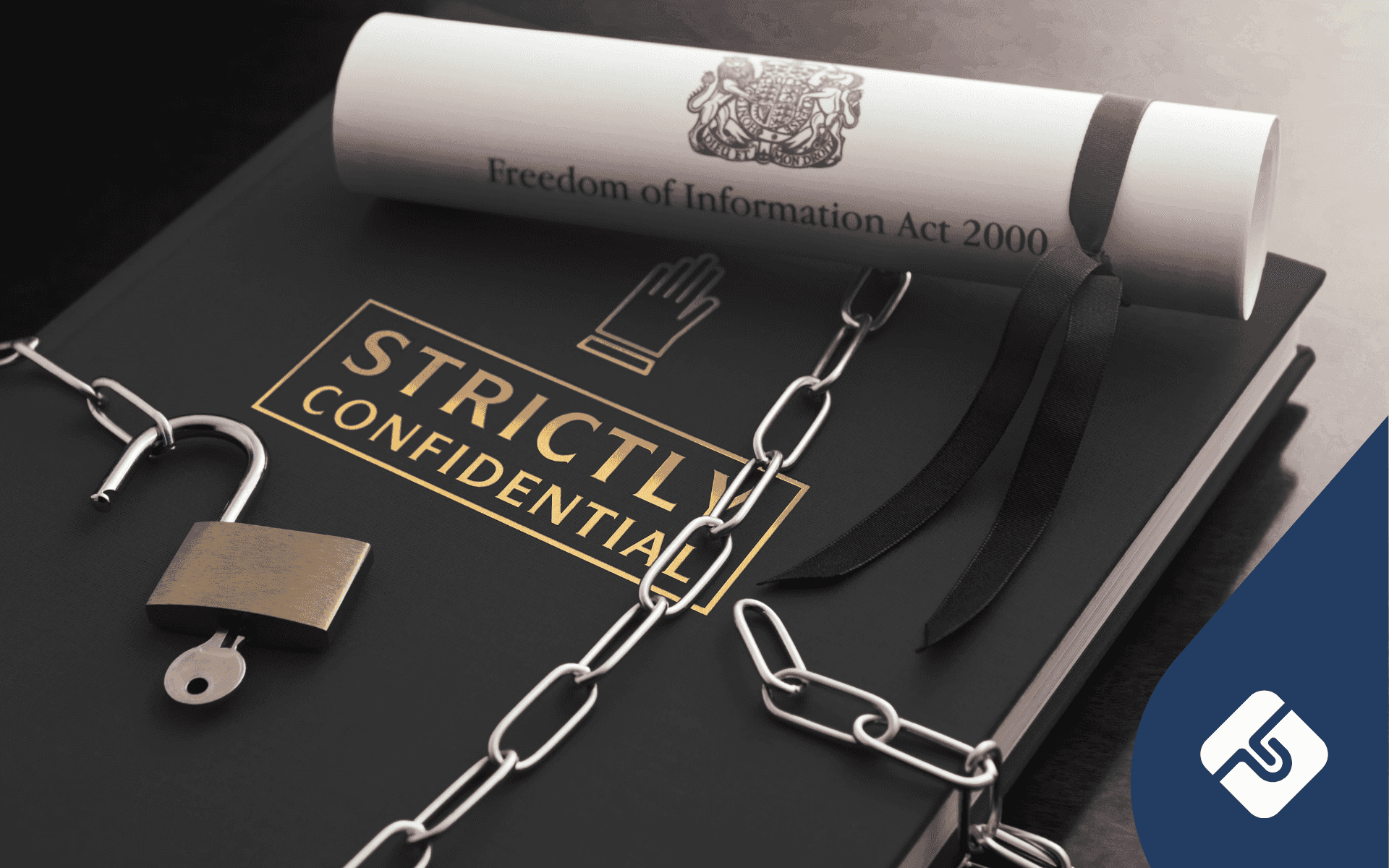Communications and legal business professional with experience working in top-tier global law firms, high-growth startups, and legal technology across APAC, the UK and US. Currently the B2B Relationship Manager at Pogust Goodhead, a global class actions law firm specialising in ESG, consumer, competition and human rights law with offices across the United Kingdom, Europe, United States, and Latin America. Formerly a practising NSW lawyer and Content Manager at Lawpath.
Finding out whether your desired trademark is already registered is now easier than ever. In 2017, a new platform to search for trademarks was launched to replace the Australian Trade Marks Online Search System (ATMOSS), called the Australian Trade Mark Search.
In this guide, we’ll clarify some important information regarding the new process of conducting a trademark search. Applying for a trademark can be a time-consuming and complicated process, which is why it’s helpful to know if your idea has already been registered.
Trademarks
Trademarking is one of the biggest steps to starting your own business. It officially pins an identity to your business, and protects it from 3rd-party misuse and/or reproduction. That said, there are a multitude of stringent regulations behind trademarking, which must be completely understood. Therefore, as a business-owner, it is worth taking every bit of time necessary to become familiar with all the rules and how it applies to your situation.

Have exclusive rights to your brand and logo and safeguard your intellectual property
Your business is your own. Protect it today.
The Australian Trade Mark Search
To ensure brand protection, you need to utilise the Australian Trade Mark Search to screen your proposed trademark. This new platform is a significant improvement of the previous platform, ATMOSS with some of the new improvements including:
- Dual search functions – basic and advanced searches
- You can search up to 4 words at a time. Previously, you could only search 2
- Improved searching for word phrases
How to use it
1. Understand everything there is to understand about Trademarking
A trademark is an important asset for your business, protecting the unique features of your brand. The whole trademarking process covers the sign development process all the way to application lodgement with IP Australia. There important steps to get right in between, for example, picking the most suitable class of protection based on goods/services category which will be discussed in the next section. Before that, however, it is important to understand the basics of trademarks, for example:
- Know the difference between the IP rights for a trademark and a design – they’re different
- Your trademark must be active. If it isn’t, it may be removed.
- Click here to find more information regarding the basics
2. Determine the Class
This step involves placing your product or service under a class of goods and services determined by IP Australia. There are 45 different classes of goods and services (34 goods, 11 services). It is crucial that you pick the class that accurately depicts the core nature of your business. Be sure to distinguish core activities from non-core activities.
Example
You have a business that sells novelty socks. You are seeking a trademark for the name’Silly Socks’. This would not include Class 35: ‘Advertising, Business Management, Business Administration, Office Functions,’ although these activities are part of the day-to-day functions.
Here are some guiding questions to consider:
- What is the primary product/service of your business?
- Where is the core source of income/revenue?
- What do your customers think you do?
This is the trickiest part of the trademark application process and without proper legal guidance, mistakes are likely to be made. For assistance with selecting the right class for your trademark, get in touch by consulting one of our trademark attorneys.
3. Conduct a Search
The Australian Trade Mark Search has two primary searches.
In the default quick-search mode there are some tricks you need to learn. As an example, let’s say you want to verify ‘Silly Socks.’ Simply typing in the name is not effective as this would execute an exact search. In order to flush out out minor variations you would need to employ Wildcard and Boolean searches.
For example say you wanted to find out whether there were names such as ‘Silly!’ or “Sillyy”. Inputting Silly?’ will yield the results. Or perhaps you wanted to find out if there are variations within the name, for example Siilly.’ Searching ‘S*ly’ would yield names that have the same “S” and “ly” endings with however many characters in between.
The Australian Trade Mark Search platform also has an advanced function which sets out more parameters which you can play with to manually enhance your search. It allows for up to 4 words to be searched at one time in different search modes like part, prefix, exact, etc.
4. Application
Once you have verified the name, you can start your application. Again, you need to be certain as to the class of goods and services that you want to register your trademark as this is not changeable after the application. Using TM Headstart is recommended as it provides a preliminary assessment of your application before submission. Once you are satisfied you can then go ahead and apply via Online Services.
5. Registration
Once submitted, the processing period is around 3-4 months and the outcome is notified by writing. If successful, your trademark would be ‘accepted’ and there is an additional 2-month opposition period during which your trademark can be contested. After the 2 month period expires and there is no opposition, your trademark will be deemed ‘registered.’
Conclusion
Establishing a trademark for your business is one of the most important steps in starting your own business. Therefore it is imperative that you understand the process completely so as to avoid potential costly mistakes. To avoid this issues arising, it is always recommended to get in touch with a
trademark attorney.

Get a fixed-fee quote from Australia's largest lawyer marketplace.






